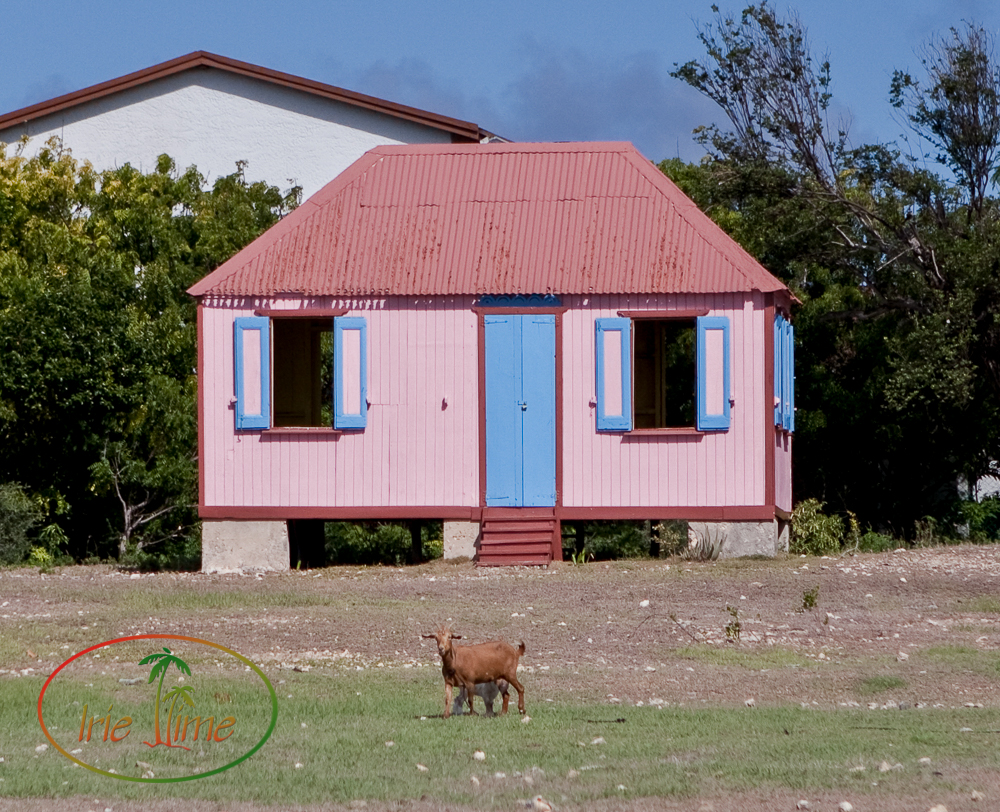If you have been to Anguilla and relaxed on one of its many peaceful beaches, it is difficult to imagine the thought of a large-scale military operation invading the island, yet that is what happened on March 19, 1969. Yesterday marked the 47th anniversary of the British invasion of the island, “Operation Sheepskin,” intended to put down the rebellion that had brewed over the previous two years. But this invasion was not met with physical violence or bloodshed. The invaders’ failure to understand the Anguillans, and their dispute with St. Kitts, led to what has been known as a public relations disaster, dubbed “The Bay of Piglets.” As described by Donald Westlake in his book, “Under an English Heaven,” this was an invasion “in which nobody was killed but many people were embarrassed.”
Wanting to relieve itself of the financial obligations of its colonies, the British government decided to form a federation of the three islands, St. Kitts, Nevis, and Anguilla. It was an odd combination to anyone familiar with the islands, their people, their natural resources, and geography. The distance between St. Kitts and Nevis can be traversed on a 10-minute boat ride without even spilling your drink. Yet Anguilla was located 70-miles away. St. Kitts and Nevis were volcanic and mountainous, whereas Anguilla was coral and flat. The climate in St. Kitts and Nevis was rainy, while Anguilla was generally dry. The people of St. Kitts and Nevis were strangers to Anguillans. The only thing they had in common is that the paper pushers back in England saw St. Kitts as the closest British colony to Anguilla. So the mothership formed a federation of St. Kitts (St. Christopher), Nevis, and Anguilla, with the eye toward their eventual independence from its financial downstream.
Anguilla’s complaints and desire for separation from St. Kitts were ignored. Independence of the Caribbean islands was beginning, with Jamaica in 1962 and Barbados in 1966. Anguillans knew that they would not want independence from Great Britain if it meant they remained under the rule of St. Kitts. Robert Llewellyn Bradshaw, whose name you might remember from such places as the airport on St. Kitts, rose to the position of Premier of the Federation of St. Kitts-Nevis-Anguilla in 1967. Anguillans weren’t too keen on Premier Bradshaw, as he had been said to have made many negative remarks regarding the island, such as, “I will not rest until I have reduced that place [Anguilla] to a desert.” He would later deny he ever made such statements. With Bradshaw as its Premier, Anguilla was treated as the ugly sister of the trio. For example, funds sent to the Federation by Canada to be allocated for a cargo pier on Anguilla found their way to create a pier, but on St. Kitts instead of Anguilla. To further twist the knife, it was named “Anguilla Pier.”
Anguillans had enough and took to the streets on May 29, 1967, marching upon on the police station to oust the St. Kitts officials who were stationed on the island. By the next day, all St. Kitts officials had found their way off the island, on their way back home. Over the next two years, Anguillans organized and seceded from the Federation, running their own affairs, while St. Kitts considered the secession illegal. With the conflict brewing, Britain felt compelled to assist with diplomatic efforts, sending a rather inept representative named William Whitlock to Anguilla on March 11, 1969. He was “escorted” off the island shortly thereafter.
Not truly appreciating the reasons for the conflict, the British government decided that it was necessary to invade Anguilla, “to restore law and order” to the island. It sent a force of over 300 paratroopers of the British “Red Devil” Regiment, plus two frigates, HMS Minerva and HMS Rothesay, several helicopters, and 50 London policemen to storm this small island, which Life Magazine noted had “a population of 5,000 goats and 6,000 people.”

The invasion began at 5:16 a.m. Paratroopers and Marines touched ground at Crocus Bay, and more paratroopers landed at Road Bay. The troops dispersed over the land, with their automatic rifles at the ready. The troops saw headlights moving toward the beachheads and the landing parties. The soldiers waited, fearing the worst. And then it came – – a barrage of photographers’ flashbulbs. Ronald Webster, then Chairman of the Anguilla Island Counsel, which had declared independence from the Federation (later he became Chief Minister), was taking a bath when the troops landed, and only learned of the invasion upon being approached by reporters for comment. The troops met no resistance at all. They searched for weapons. They found none. As Life Magazine reported in its March 30, 1969 issue, “A goat stalked one of the invaders. The native ladies in their Sunday best gawked in amusement. Not a shot was fired.”
“What a Laughing Stock” read the headline on the London Daily Mail. The London Times dubbed it “a Caribbean Tragi-comedy.” The New York Times remarked that “the British lion has subdued the Anguillan mouse that roared.” Time Magazine called the debacle “Britain’s Bay of Piglets,” and Newsweek’s headline was “The Lion That Meowed.” The British had believed that they would find resistance. What they failed to appreciate is that the people of Anguilla had no issue with the Brits, only with St. Kitts. And in the process, they overreacted, all to their financial detriment and global embarrassment.
For more on this piece of Anguilla’s history, I would recommend Donald E. Westlake’s book, “Under An English Heaven,” which is out of print, but can be found through used bookstores. Mr. Westlake has a very engaging writing style and a very good sense of humor, well-suited to this tale.
For information on Anguilla today, browse through our posts:
